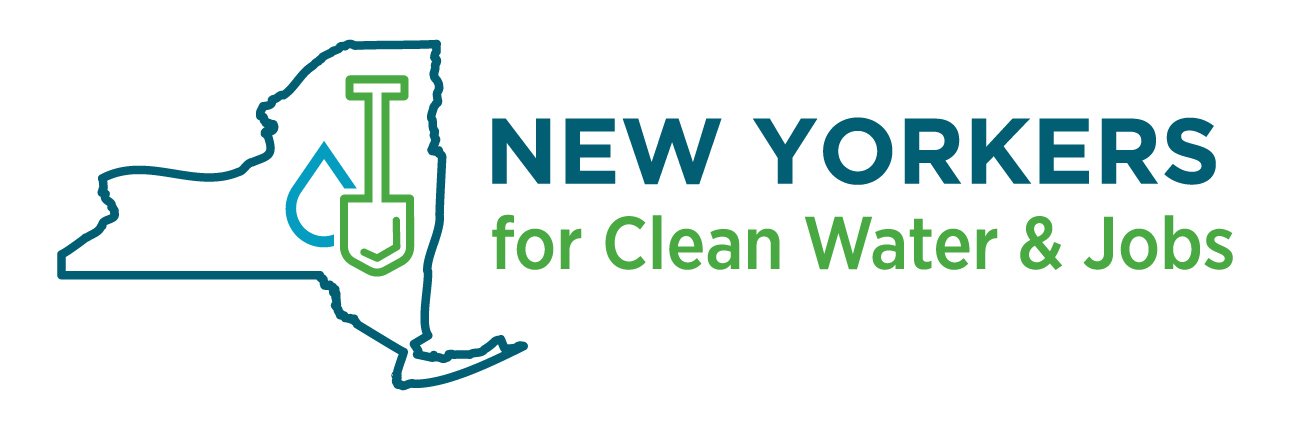The Environmental Protection Fund
In 1993, New York State enacted the Environmental Protection Fund (EPF). Since then, the EPF has preserved special places, protected clean air and water, reduced pollution and waste, expanded recreation, supported environmental justice organizations, created good jobs, and enabled municipalities to leverage federal funds and private dollars for environmental projects.
The Environmental Protection Fund supports 350,000 jobs across New York in a broad spectrum of industries including construction, agriculture, recreation, tourism, forestry, recycling, and recreational fishing. EPF-supported industries add $40 billion to the state’s economy every year.
For every $1 invested in land and water protection, $7 in economic benefits is returned to the state. Read the report by the Trust for Public Land.
RESOURCES
The Environmental Protection Fund protects clean water, creates jobs, and generates billions in economic activity across New York.
The EPF has provided funding in every county of New York State to conserve forests and farmland, protect clean water, create parks and trails, support recycling and waste reduction, advance environmental justice, and further environmental education and stewardship.
Here are just a few examples of EPF-supported projects.
CONSERVE NATURE FOR NEW YORKERS
Expanded Staten Island's Green Belt, Minnewaska State Park Preserve, the Adirondack and Catskill Forest Preserves, and Tug Hill State Forest in Western New York
Supports city parks and urban forests including Hunts Point Riverside Park in the Bronx, East River Park in Brooklyn, Hudson River Park in Manhattan, and Olmsted Parks in Buffalo
Supports revitalization projects in shoreline communities including Walkway Over the Hudson and the Greenway Trails
PROTECT WATER AND WILDLIFE
Protected Hemlock and Canadice Lakes, source of clean drinking water for the City of Rochester and nearby communities
Helped preserve the Sterling Forest State Park, a source of drinking water for millions, a popular recreation area, and an important area for migratory birds and other wildlife
Protected the Long Island Pine Barrens, sole source of drinking water for millions of residents
Improved water quality and restored habitat in the Great Lakes and coastal estuaries including the South Shore Estuary, the Hudson River Estuary, and the Peconic Estuary
ENHANCE PARKS & QUALITY OF LIFE
Reestablished access to the Native American Council Grounds area of Letchworth State Park
Funded Trees New York to reduce flooding in East Harlem by removing a concrete island and creating green space to replace it with native trees and plants
Helped preserve the historic Chautauqua Midway Park on the shores of Chautauqua Lake and the Sonnenberg Gardens and Mansion State Historic Park, a popular Finger Lakes destination
Helped hundreds of communities revitalize waterfronts and downtowns, protect natural resources, expand recreation, and boost tourism
REDUCE POLLUTION, WASTE, AND PESTICIDE USE
Closed hundreds of inactive landfills across the state
Provide funding for municipal recycling programs
Provide businesses with resources and technical assistance to minimize pollution, reduce waste, and cut costs
Fund environmental justice projects in disadvantaged communities such as community-based air monitoring programs focused on reducing emissions and improving public health
Support communities to reduce emissions, use renewable energy, and reduce local climate risks from risings seas and flooding to deadly heatwaves
CONNECT NEW YORKERS TO NATURE
Helped save the endangered Karner blue butterfly and create the Albany Pine Bush Preserve & Discovery Center
Connect kids with nature and fund environmental education programs throughout the state
Support zoos, botanical gardens, arboretums, aquariums, bird sanctuaries, nature preserves, and science museums
Fund public land stewardship and maintain public facilities so residents and visitors can safely enjoy public parks, campgrounds, nature centers, and heritage sites

